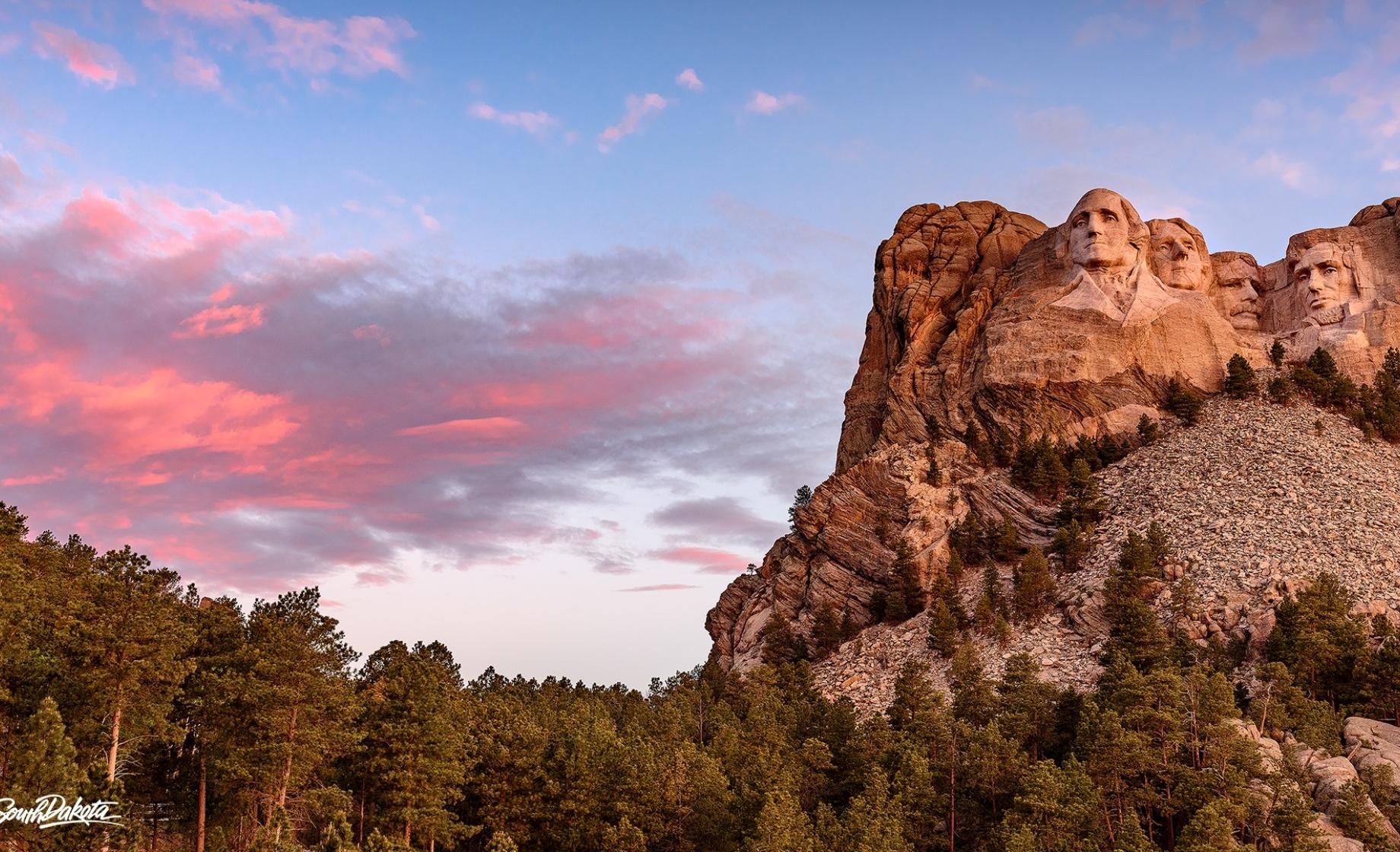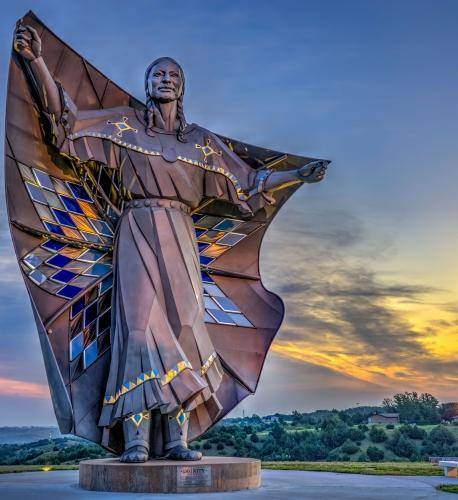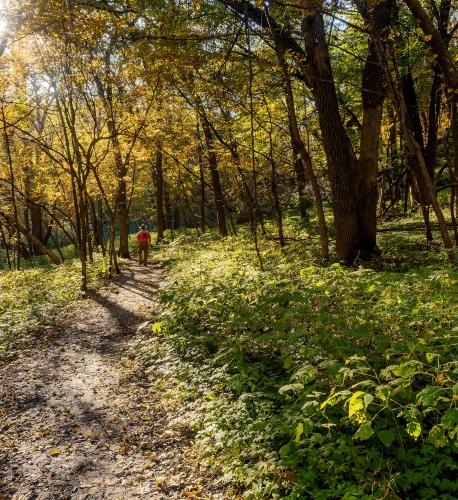
Each year on the third Monday in February, America observes Presidents' Day to honor the birthdays of George Washington (born February 11, 1731) and Abraham Lincoln (born February 12, 1809). But here in South Dakota, presidential history is something we celebrate every day of the year. Find out how the Mount Rushmore State became so closely linked with the presidents, and discover how you can explore this fascinating aspect of our heritage when you visit.

Attracting more than 2 million annual visitors, Mount Rushmore National Memorial isn't just South Dakota's most-visited attraction — it's one of America's most enduring and iconic national symbols. According to sculptor Gutzon Borglum, the purpose of the memorial was to "communicate the founding, expansion, preservation and unification of the United States" by depicting the faces of four great American presidents: George Washington, Thomas Jefferson, Theodore Roosevelt and Abraham Lincoln.
Work began in 1927, and it took a team of 400 workers 14 years to complete the 60-foot carvings. Today, the memorial is open to visitors year-round. While you're there, check out the exhibits in the Sculptor's Studio and hit the hiking trails to learn important information about the site's Lakota, Nakota and Dakota heritage. Don't forget to get some ice cream made from Thomas Jefferson's recipe, the first recorded ice cream recipe in American history.
Did You Know? U.S. President Calvin Coolidge dedicated the memorial on August 10, 1927.

Twenty miles up the road from Keystone and Mount Rushmore is Rapid City, which boasts its own unique presidential attraction: Life-sized bronze statues of 43 American presidents.
The project began in the late 1990s as a way of commemorating these leaders' place in American history; they've since become beloved local landmarks that have earned Rapid City the nickname "the City of Presidents." Cozy up next to 8th president Martin Van Buren on his park bench at Main Street and Mount Rushmore Road; give a high-five to the newest statue, 44th president Barack Obama; and grab a selfie with 30th president Calvin Coolidge, whose statue was outfitted with cowboy accessories in honor of his 1927 visit to South Dakota.

- In addition to Mount Rushmore, Keystone is also home to two bonus spots of presidential history. At the National Presidential Wax Museum (open March-Oct.), you’ll come face to face with life-size figures of every U.S. president, along with exhibitions exploring various chapters in America’s history. At the Rushmore Borglum Story, learn more about the Mount Rushmore's sculptor, and see the "Seated Lincoln" statue as well as a full-sized replica of Lincoln's Mount Rushmore eye.
- Theodore Roosevelt, known for his love of the American West, first visited Deadwood in 1893 as a U.S. Civil Service commissioner. Roosevelt went on to strike up a friendship with Deadwood Marshal Seth Bullock that would last two decades, leading Bullock to construct the Mount Roosevelt/ The Friendship Tower after the president's death. You can also see a signed letter from Roosevelt at Deadwood's 1899 Inn, along with memorabilia from several other U.S. presidents.
- The first sitting president to visit South Dakota was William McKinley, on November 2, 1889. Touring the state by train, McKinley made stops in Aberdeen, Redfield, Sioux Falls and Yankton.
- To escape the muggy DC weather, Calvin Coolidge made the State Game Lodge in Custer State Park his "Summer White House" in 1927. A discovered love of Black Hills fishing stretched a three-week vacation into three months.














